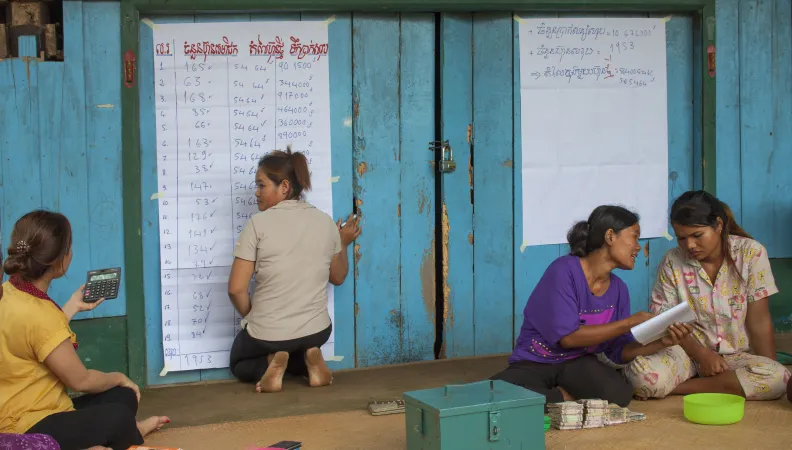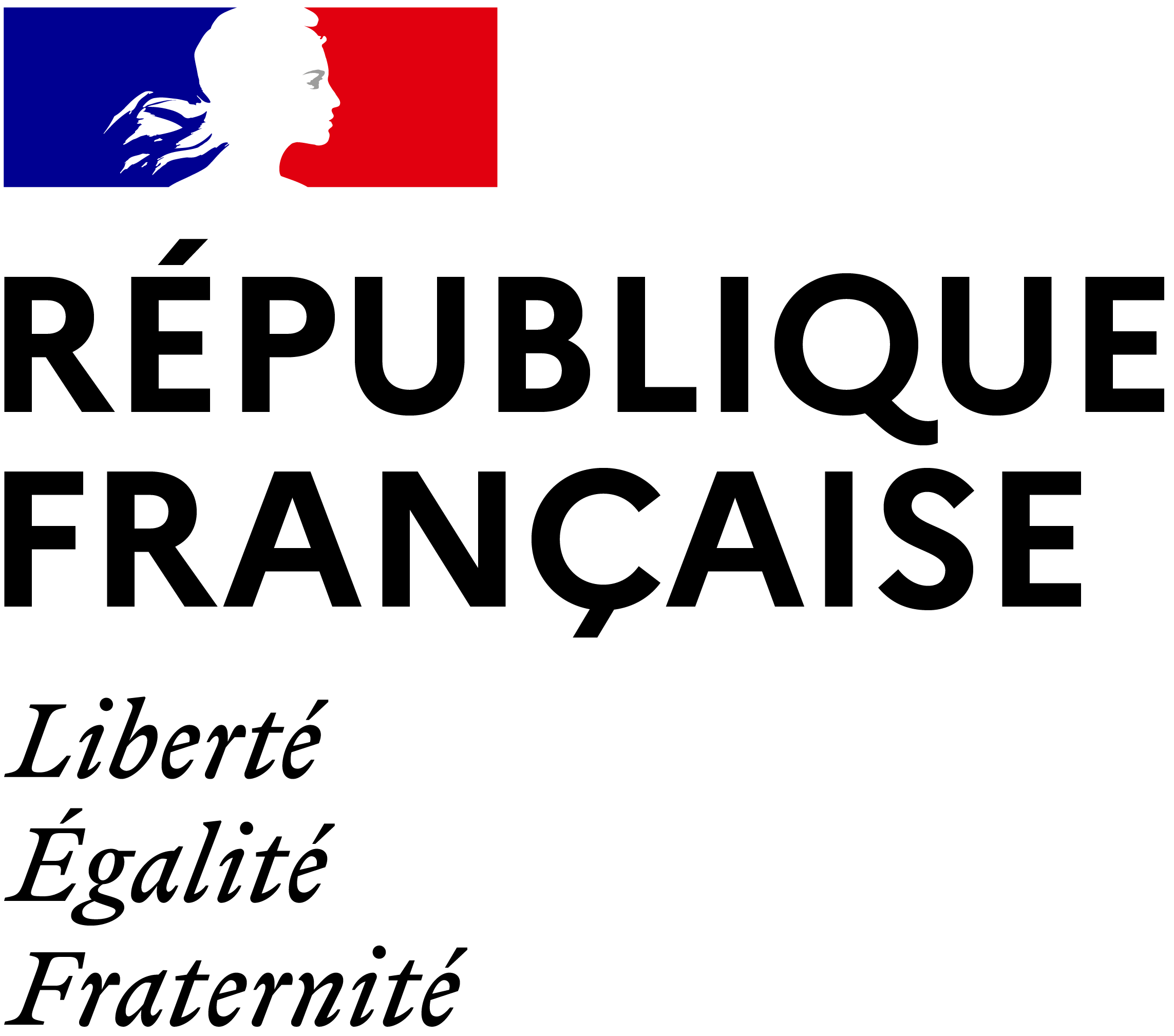Share the page
Support to the Cambodia Microfinance Association (CMA)
Project


-
Project start date
-
Status
Ongoing
-
Project duration
-
5 ans
-
AFD financing amount
-
€ 800000
-
Country and region
-
Location
-
Phnom Penh
-
Type of financing
-
Beneficiaries
-
Microfinance Association of Cambodia (CMA)
AFD has been supporting the development and structuring of the microfinance sector since the early 1990s. After rapid development in the 2000s, the sector now faces a high systemic risk. This project aims to help industry players to strengthen their management and to manage the risk of over-indebtedness of customers.
Context
In March 2018, the CMA had 93 members. The total amount of loans was nearly US$4 billion, granted to 1.7 million borrowers. Therefore, the sector’s sustainability is crucial for facilitating access to loans, especially for the population in rural areas. It is also a driver of growth and job creation.
Although the outlook for the sector’s growth is still promising, the global financial crisis in 2009 highlighted the need to be able to respond to major challenges. The cross-debt risk needs to be efficiently managed in a particularly competitive market.
Description
This project has three components:
- Ensure the effective implementation of client protection principles by supporting the ‘Smart Campaign’ labelling process of 10 of the most important microfinance institutions in Cambodia, in order to promote the dissemination of these principles to all sectors.
- Support three microfinance institutions in their contribution to the Operational Risk Centre (CBC) created in March 2012. This support comes in the form of aid to the acquisition of data processing software and of the training of personnel in data collection and transmission.
- Reinforce the capacity of the CMA to enable it to continue, improve and diversify training activities among its members and to conduct key studies for the development of the sector.
Impacts
The CMA’s capacity building project aims to contribute to the stability and promotion of responsible finance principles and to enable the sustainable growth of microfinance in Cambodia. This is a pilot project for the protection of clients in Cambodia, which has been replicated and expanded in 13 African countries and around the Mediterranean.


